 The Eastmoreland website states "Eastmoreland Golf Course was the brainchild of Superindendant of Parks, James A. Conville and T. Morris Dunne." Of course, it was this very brief summary of the events, that drove Eastmoreland 100 Project to discover the story behind this brief explanation. From the City archives we also have the Paul J. Keyser's account which states that T. Morris Dunne was the "father of the scheme." Dunne approached James A Conville with the idea that Portland needed a municipal golf course to further recreational opportunities of the citizens. T. Morris Dunne because a member of the M.A.C. since 1901 known then as the Multnomah Amauter Athletic Club. His first record in the M.A.C. archives is appearance before the board for alleged misconduct. From that dubious beginning, he "reformed" to become a prominent member, future M.A.A.C. President and advocate of amatuer athletics. When Portland hosted the Lewis & Clark Exposition in 1905, a national event to celebrate the explorer's "discovery" of the West, T. Morris Dunne was crowned the champion handball player at the 1905 Lewis & Clark Games. Handball remains one of the more popular sports - with regular matches continuing with Olympic Club in San Francisco to this day. T. Morris Dunne's involvement in the 1905 games wasn't only as a competitor, he was a key volunteer and discovered a talent for administration role. Through the next 30 years he would take a lead role in amatuer athletics, representing the region as a delegate in the Olympics in 1904 in St. Louis in which H. Chandler Egan won the gold medal in golf for the U.S. T. Morris Dunne would remain active in the U.S. Olympic teams and many of the athletes from his era that trained and represented membership with the M.A.A.C. club are due in part to his support and advocacy. T. Morris Dunne is arguable the most important advocate for athletics and recreation in the history of Oregon. He lead committees at M.A.A.C. for handball and track and field, though his first foray into the public affairs was the push for a bond measure to build more playgrounds in Portland. Below is the editorial he wrote in the Oregonian on June 1, 2013 to convince voters that playgrounds is a necessity. Paul J. Keyser often points to this cause as one of the milestones for Portland Parks and key change in public opinion on how investing in the community welfare by proving avenues for healthy recreation can make the city thrive. Take a moment to read the article in which he explains that municipalities that invest in recreation and playgrounds see a significant drop in juvenile delinquency which would provide an overall savings to the city. At the time the Portland Parks system was anything like we see today, more of an afterthought, with only Peninsula Park as a recreation area planned. It was through the dogged determination of leaders like T. Morris Dunne that spurred the citizens to invest in recreation for the citizens. The providing of adequate park and play space facilities is just as important as pure water, clean streets, and a public schools system and is just as much an obligation. |
| The M.A.C. history notes that T. Morris Dunne was an avid golfer, though from my research in the historical newspapers, he competed mainly in Hand Ball and Tennis. That said, golf wasn't really a well organized sport for the public until "The Greatest Game" U.S. Open of 1913. T. Morris Dunne however was ahead of the curve, as six months before the epic match captured the imagination of the nation, he proposed having indoor golf in the M.A.C. gymnasium. Speaking for myself, I learned the game indoors hitting into nets, it's a great way to start learning the swing and focusing on contact and feel without worrying where the ball ends up. I will note, however, that T. Morris Dunne is far more often noted for organizing track and field meets and boxing matches. His name never appears on any roster until the 1st M.A.A.C. golf tournament held at Eastmoreland in 1921. |
Indoor Golf at the M.A.C. was probably to help manage the golf bugs working downtown deal with the rainy Portland winters.
Paul Keyser helps tell the origin story that the newspapers did not document. T. Morris Dunne as an abassador of amatuer athletics in Portland, and often competing for events with his contemporaries in Seattle, very likely was frustrated by the public recreation facilities sprouting up North. The Franklin Park municipal golf course opened in Seattle in 1915 with much public fanfare and immediately showed positive revenue and enthusiasm from the public. The sport section of the Oregon Journal and Oregonian report on golf almost every issue, from the results at the private clubs to a regular feature on golf etiquette, to news of the national tournaments and rise of recognizable golf professionals. Imagine the frustration of the public that would like to try the game and have no outlet without a private membership that was restricted not just to top echelon of wealth, though also by means of status and family background.
Further, he was also tuned to the rise in the popularity of golf and the potential need for the M.A.C. to cater to this new sport. A municipal golf course would be a boon to the M.A.C. members who might not otherwise have the resources to join the private clubs. Later, once the golf course was built, the initial Eastmoreland Golf Club membership was comprised primarily of M.A.C. members who stood the most to gain from the new course and clubhouse. As will be detailed further, the clubhouse was built with private funds from the sale of lockers comprised almost entirely of M.A.C. members.
Over the next decade, the popularity of the municipal course surged and new private club sprang up in the 1920's, beginning with Alderwood, Columbia Edgewater and Riverside. The M.A.C. itself funded their own course in 1927. This course is lost to history as it was unable to survive the coming financial collapse of the Great Depression and the M.A..C. was forced to split the Private Club from the regular business of the athletic club. This move precipitated the beginning of the end of that golf course which fell into bankruptcy and sold for housing developments.
Eastmoreland Municipal Course did survive the Great Depression through the sale of Lifetime Memberships.
T. Morris Dunne recognized the disconnect between the value that sports to a community and the willingness of civic leaders to invest in sports infrastructure. Given his track record, he was the person who got things done on an administrative level. One note, he helped build a world class track and field stadium which Coach Bill Bowerman 1st track team from Franklin High School. Bill Bowerman of course is Phil Knight's mentor and the creator of the Nike's first waffle shoe. T. Morris Dunne was instrumental in creating the athletic infrastructure and organized competition for track and field and his legacy can be traced to the birth of sneakers loved by millions.
Further, he was also tuned to the rise in the popularity of golf and the potential need for the M.A.C. to cater to this new sport. A municipal golf course would be a boon to the M.A.C. members who might not otherwise have the resources to join the private clubs. Later, once the golf course was built, the initial Eastmoreland Golf Club membership was comprised primarily of M.A.C. members who stood the most to gain from the new course and clubhouse. As will be detailed further, the clubhouse was built with private funds from the sale of lockers comprised almost entirely of M.A.C. members.
Over the next decade, the popularity of the municipal course surged and new private club sprang up in the 1920's, beginning with Alderwood, Columbia Edgewater and Riverside. The M.A.C. itself funded their own course in 1927. This course is lost to history as it was unable to survive the coming financial collapse of the Great Depression and the M.A..C. was forced to split the Private Club from the regular business of the athletic club. This move precipitated the beginning of the end of that golf course which fell into bankruptcy and sold for housing developments.
Eastmoreland Municipal Course did survive the Great Depression through the sale of Lifetime Memberships.
T. Morris Dunne recognized the disconnect between the value that sports to a community and the willingness of civic leaders to invest in sports infrastructure. Given his track record, he was the person who got things done on an administrative level. One note, he helped build a world class track and field stadium which Coach Bill Bowerman 1st track team from Franklin High School. Bill Bowerman of course is Phil Knight's mentor and the creator of the Nike's first waffle shoe. T. Morris Dunne was instrumental in creating the athletic infrastructure and organized competition for track and field and his legacy can be traced to the birth of sneakers loved by millions.
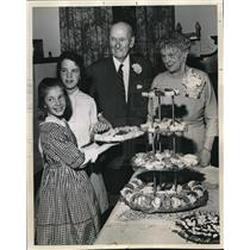
T. Morris Dunne continued a career of service for the people of Oregon in 1935, following the historic signing of the Social Security Act by President Roosevelt to provide relief for Americans out of work. He became the first Chairman of the Oregon's Unemployment Compensation Commission, designed to help administer the public funds available for relief as well as find employment for job seekers. To learn more about the early history of Oregon's efforts to provide a social net in the midst of the economic calamity, please read more about the history here
Facilities for the game as yet confined to 3 country clubs: Waverly, Portland and Tualatin. There was also the Multnomah Amateur Athletic Club giving expression to a wide variety of amateur indoor and outdoor games and sports and now became ambitious to provide golf toward a wider spread in membership. Directors of the three above mentioned country clubs were sold on the idea that public Links Golf would also help build and sustain their memberships. And so a delegation from the Multnomah Club aided and abetted by the “Silk Stocking” clubs approached the city council with an overture looking toward working Public Links Golf into the parks system, offering, as a core patronage, to recruit and maintain a group membership of 100 active fee paying players.
The two members representing the Athletic Club called together representatives of the three Golf Clubs and Chandler Egan, and promotion of what was projected. Out of this huddle came a committee of 4 who solicited a fund of some $3,000.
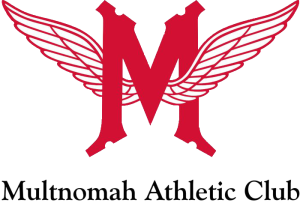
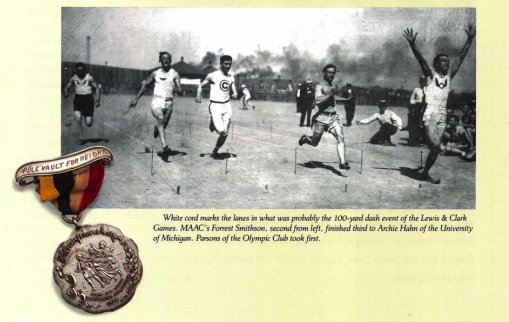
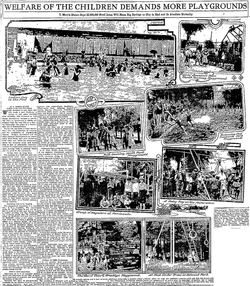
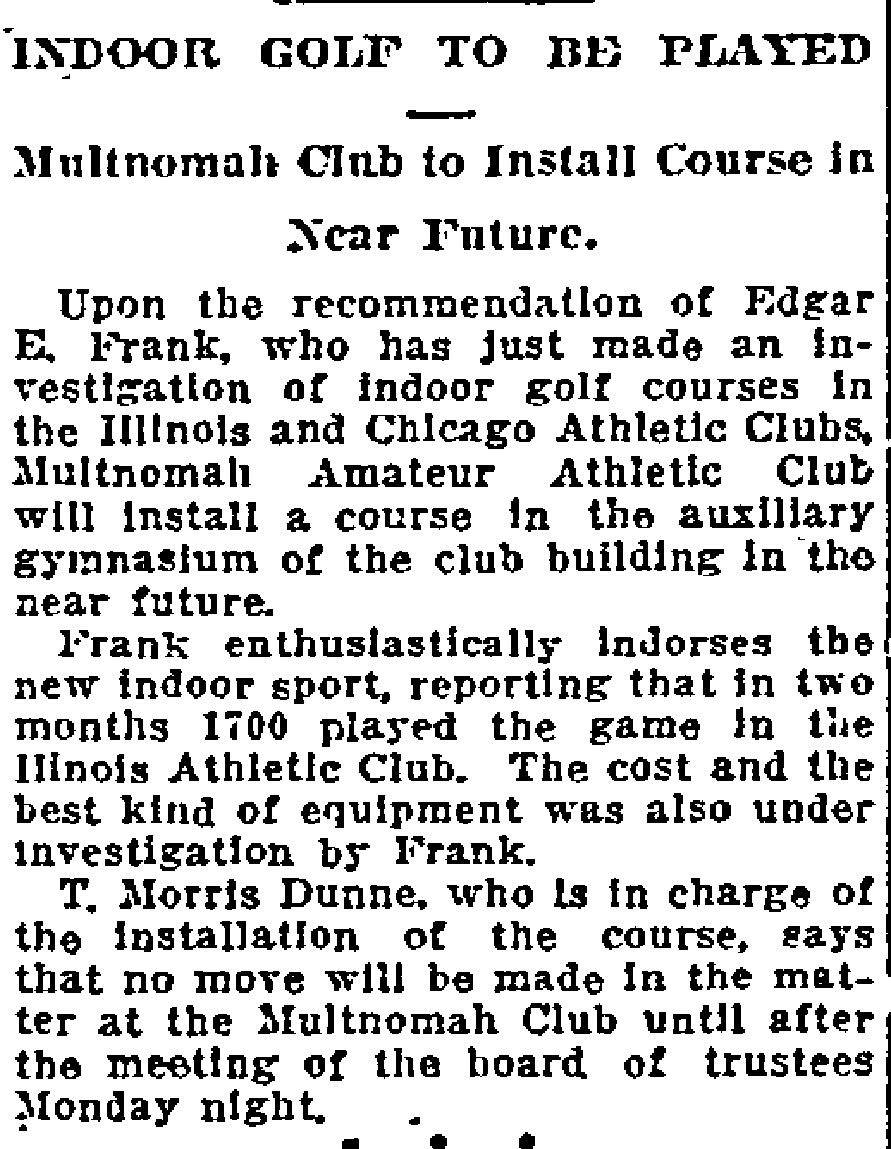
 RSS Feed
RSS Feed